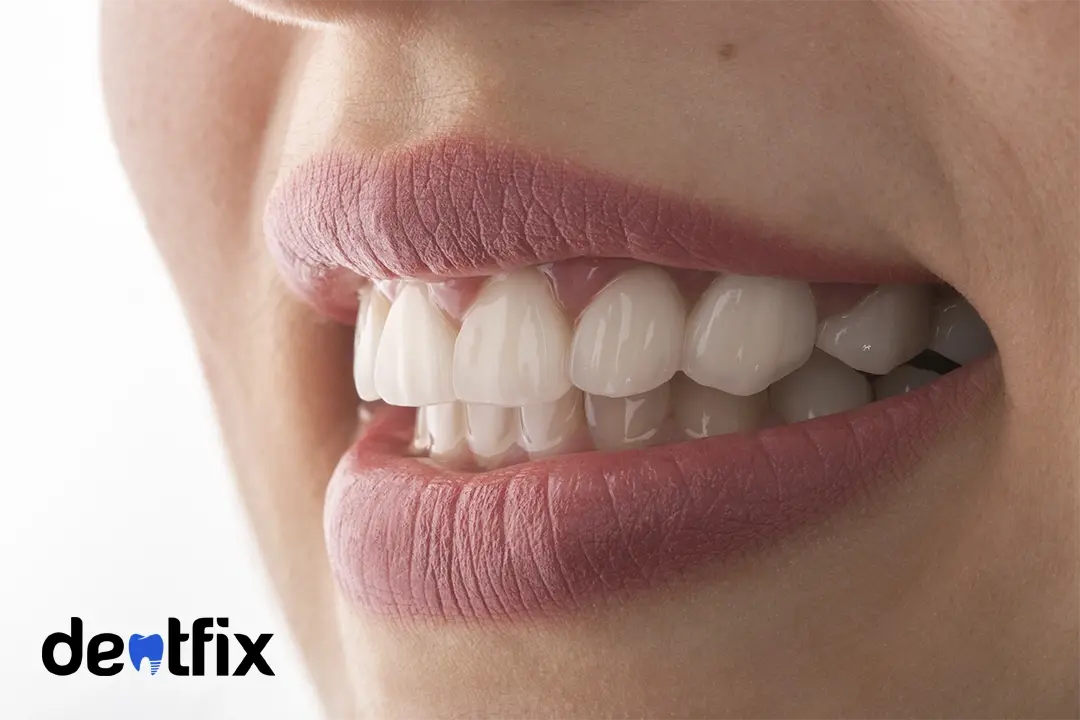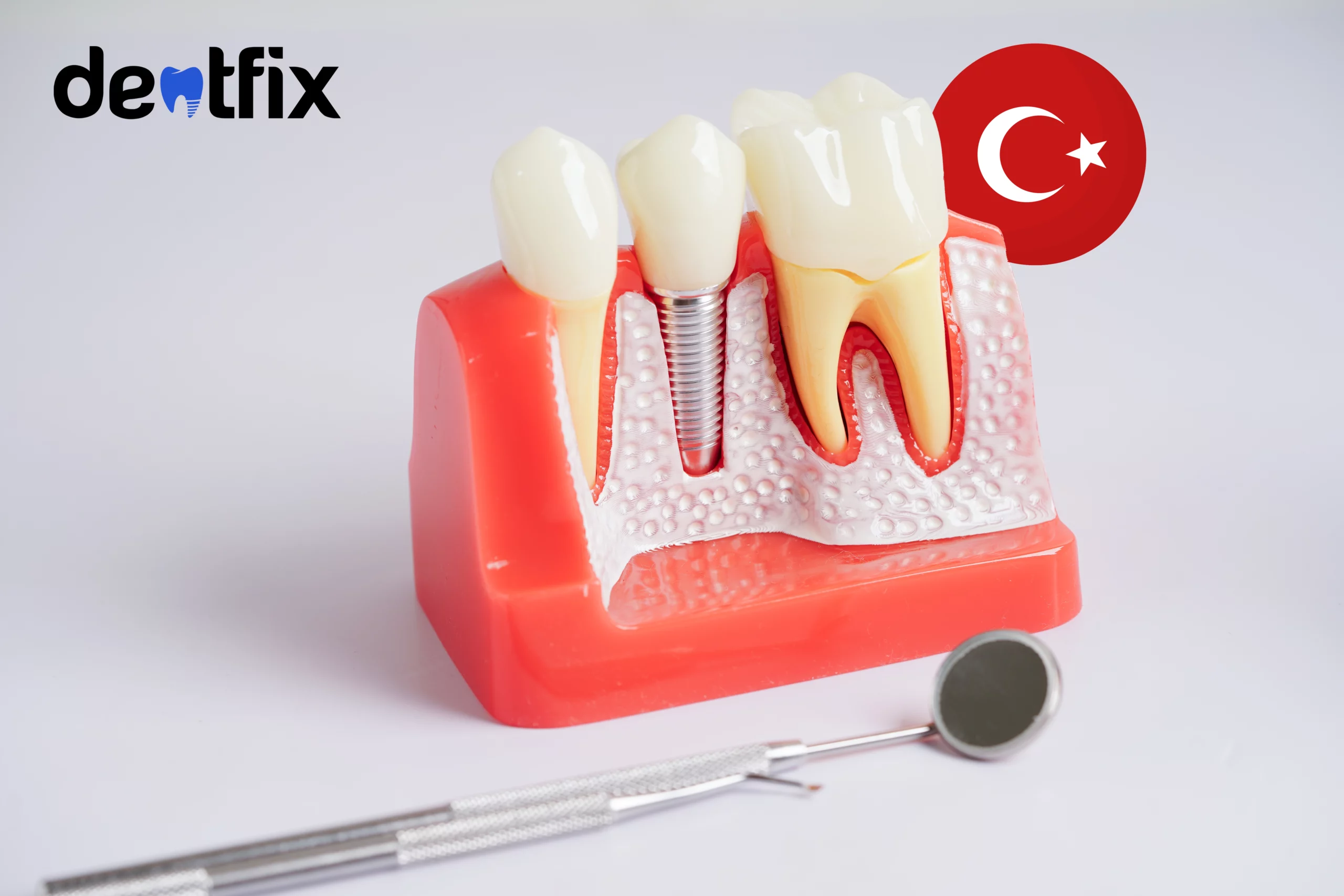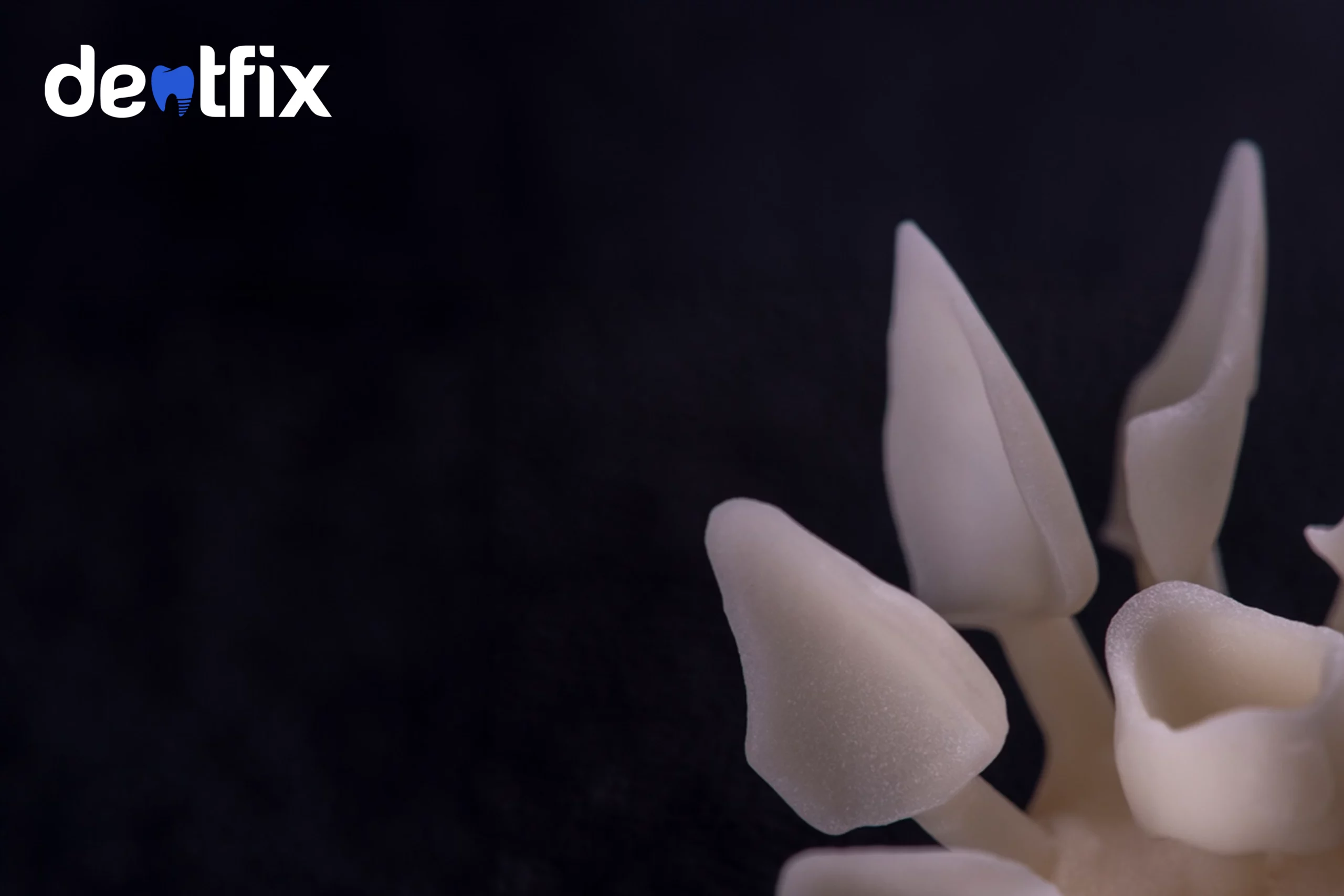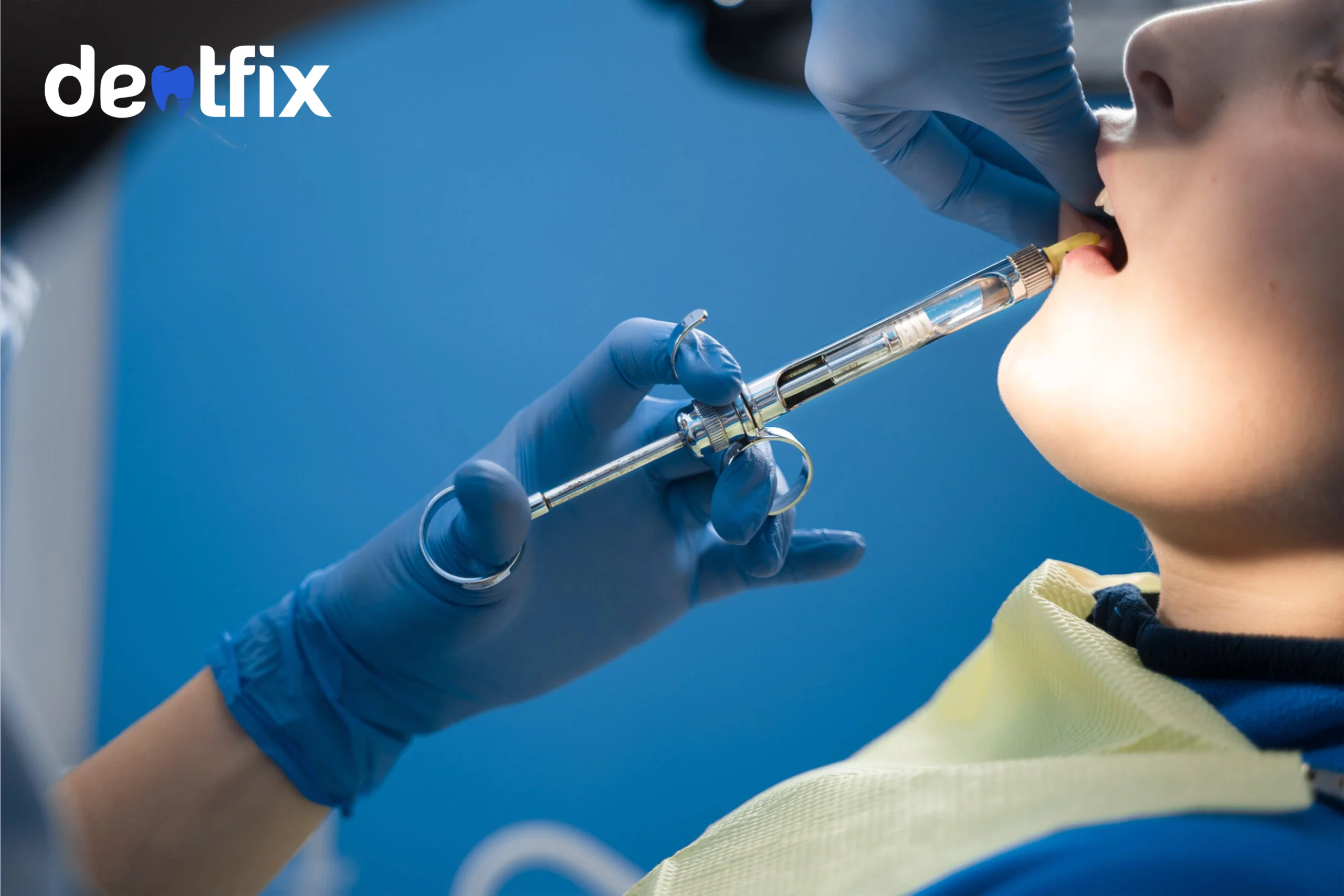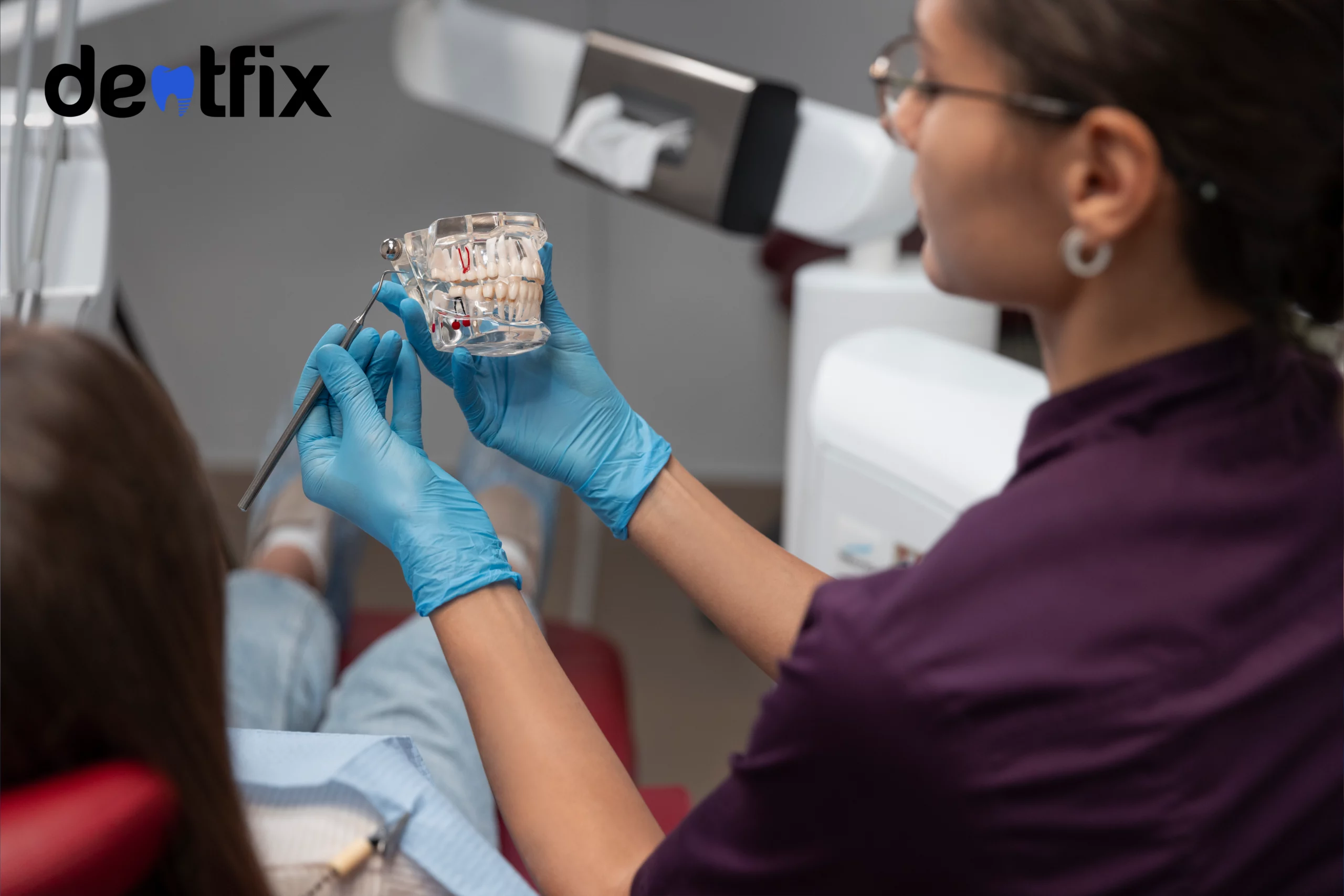Ever wondered how are dental crowns made? We are here to take you through the different steps of how dental crowns are created in a dental lab. The process from the bite impression to the final product takes 3- 4 weeks or more if you need multiple crowns.
Overall, two to three dental visits are required for the completion of a traditional crown. After the first visit, dentists send natural teeth impressions of the patient to the lab where dental technicians make crowns. With technological progress, it is also possible to make crowns in a day with modern CEREC/CAD-CAM technology.
You can find a detailed discussion about both of the processes in this article. Here is a step-by-step guide to how crowns are prepared by dental technicians in dental labs for a smile makeover.
How are crowns made?
The preparation of a permanent crown requires a lot of planning and technical expertise for a variety of reasons. Your first appointment with the dentist determines how many and what type of crown do you need. The popular options include all-ceramic crowns, metals, and resins. The dentist also checks if there is tooth decay and if it needs a root canal before placing the crown. The first step is to evaluate the primary teeth fully for a full teeth impression.
The impression (manual or digital) is forwarded to a dental lab where technicians begin the crown-making process. Before the 18th century, only metal crowns such as stainless steel crowns or gold crowns were available for restoring the front teeth. Today, however, due to rapid progress in dental technology, ceramics, resins, and other crown material are also readily available.
There are two methods of making crowns in a lab:
- Traditional Process: Heat pressed or baked
- Modern Process: Milled/CEREC or digital
Let’s get into details!
Traditional Process: Heat Pressed or Baked
The oldest and the most common procedure for making crowns is heat-pressed or waxed. The process starts with a bite impression allowing the dentist to get the tooth measurements. From there the lab takes over and starts the process of mold creation. The rest of the process goes as follows:
- Teeth Impression
- Mold Creation
- Wax Pattern and Margin Making
- Layering and Polishing Process
Teeth Impression
Before the lab starts the process of crowns, they first need a patient’s full bite impression. Later, the dentist shaves the tooth to make space for the crown. The general rule of shaving the tooth structure is 2-3 mm from all four sides. An impression plaster contains gypsum powder (calcium sulfate hemihydrate) and water. This plaster allows dentists to get a quick and accurate impression of the upper and lower teeth. Technicians then take a tray pour the mixture and quickly take a 3D impression before it hardens.
Mold Creation
Once the impression is ready, the dental lab receives size and shape recommendations from the clinic. Please note that during this process, the technician and dentist remain in contact. It allows both professionals to do the best they can for the patient.
The next very important step is mold creation, another impression plaster for dental technicians. This mold is harder than the previous one because it serves as a model plaster. A model plaster allows technicians to make changes quickly and with little hassle. It is what dentists call a ‘cast’ and it replicates an entire set of teeth and dentists use it for studying as well. A ‘die’ on the other hand, is a replica of the affected tooth separated from the teeth cast.
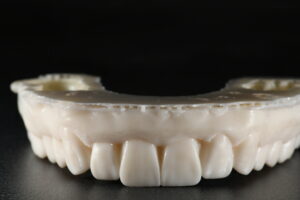
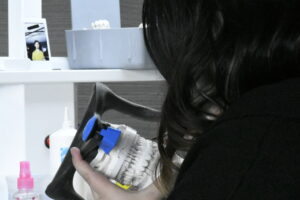
The image above shows what a dental cast or mold looks like at our dental lab. They serve as models for technicians so they can make changes easily.
Wax pattern and margin marking
After preparing a full teeth mold, there are preparations to get a wax mold or pattern for the tooth that needs a permanent crown. In simple words, the pattern serves as a blueprint to get the fitting right. The wax is hand-painted or a technician immerses it into a container full of wax for a clean layer.
Once the wax cools down, dental technicians begin the marking of the pattern. For accurate fitting and free of any complications, marking every angle and point is necessary. A die spacer allows technicians to mark the space between the crown and the original tooth. It is important to mark this space because it allows dentists to cement the crown securely with dental cement. Therefore, we can refer to it as the attachment point.
After the creation and marking of the wax mold, a technician pours the material of choice into it. For porcelain crowns, the materials contain lithium disilicate, zirconia, or other glass ceramics. A baking or pressing machine is used to solidify the materials into tooth form. Once this process ends, technicians move on to the layering process.
The first impression also allows technicians to make another mold called ‘investment’. Investment is a mold capable of resisting high temperatures when the wax melts in the casting furnace. Certain materials require high temperatures for molding, so investment plays an important role. An investment contains calcium phosphate, silica, and certain other altering agents. Investments are useable for single and multiple restorations in the lab.
Layering and polishing process
The final step is because layering determines the final esthetics of a crown. First, a qualified prosthodontist chooses the right shade for the patient that matches well with the natural color of teeth. We have already shared the shade criteria for dental restorations so you can have a rough idea about the process. After shade selection, labs receive relevant details and technicians start the layering process.
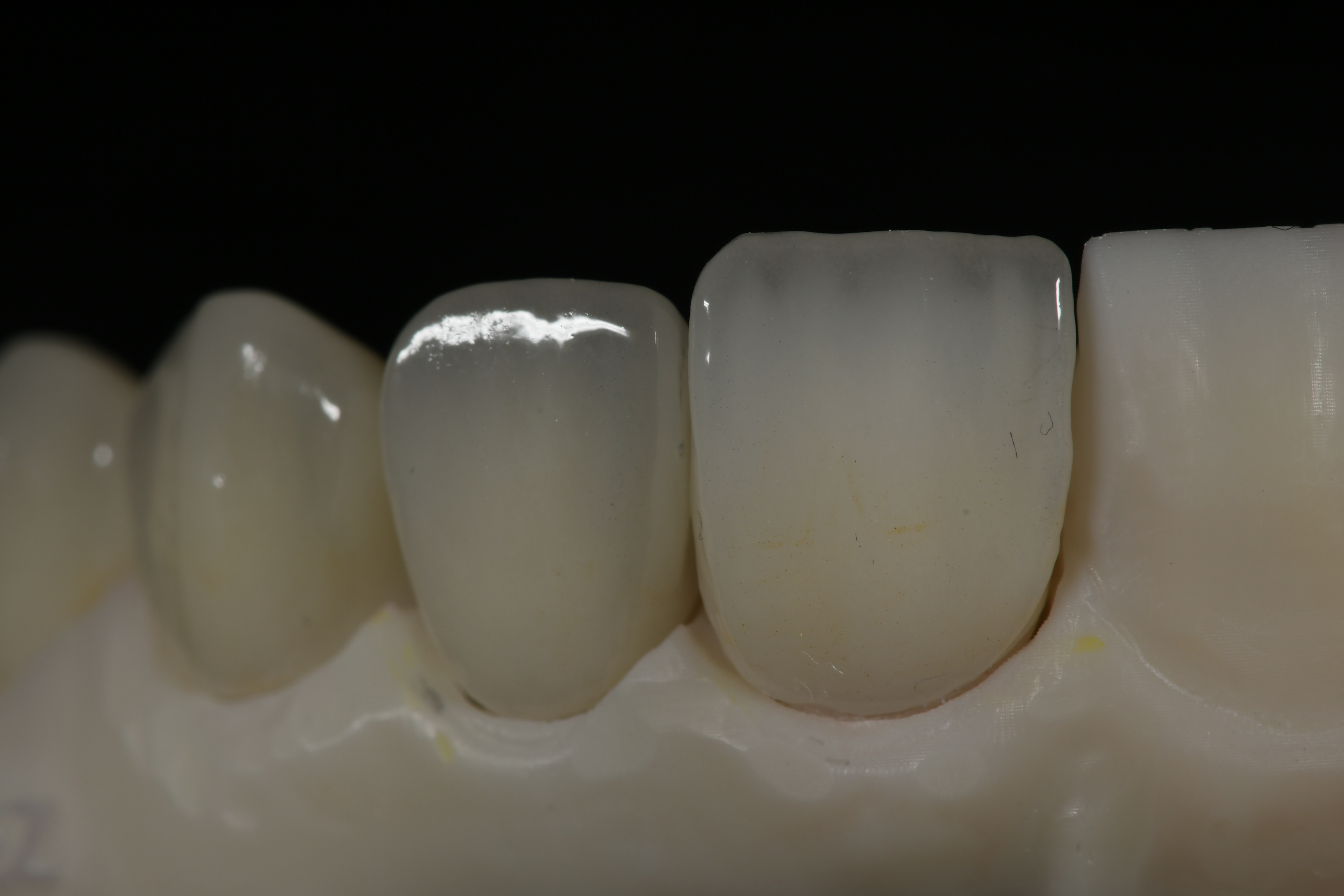
Layering means naturally building the tooth with a layer of enamel and one or two layers of dentin. The process is complete after the application of a coat of acrylic polymer to give the crown a polished look. Technicians try to make the crown look as realistic as possible as they add a few finishing touches in the end for natural color match. The crown needs to blend with the natural teeth for a beautiful smile.
Here is a simple demonstration of how crowns are layered and polished:
Milled/CEREC or digital (Modern process)
The improvements in dental technology are allowing experts to be faster and more accommodating. Therefore, today there are ways of getting a crown in a day. A lot of the improvement is possible because of integrating digital technology. Today we have CAD/CAM technology that allows dentists to get fast digital teeth impressions with an intraoral scanner. The cameras allow dentists to get accurate impressions rather than depending on dental labs for weeks. Getting milled or digitally processed crowns is simple. As we mentioned, all it takes is one visit to the dentist. Here is how the process goes:
Initial Inspection/Examination
Post-evaluation/Tooth Prep
Digital Designing
What is CEREC technology?
CEREC Technology or Chairside Economical Restoration of Esthetic Ceramics is a modern dental approach to making restorations. This technology marks the transformation of dental technology because it allows making restorations very quickly. It works with CAD/CAM technology or computer-aided design/computer-aided manufacturing. This system allows dentists to plan and design crowns and other restorations digitally, making the process much faster than before. How important are aesthetics and fitting of the crown?
The aesthetics and fitting of a crown are two very important factors. They determine how your crown feels and looks. The ideal aesthetics of a crown make it look natural and realistic. In terms of ideal fitting, there should be no bite problems and the contours should support the tooth.
Initial Inspection/examination
It takes a few hours or at max a day to get a digitally designed crown. The first step for dentists is to take a digital scan of your teeth. The setup includes an intraoral camera that allows the dentist to access a modifiable, virtual three-dimensional image. After taking a full digital impression of teeth, dentists then examine the teeth on a screen and make changes.
3D Scan and digital designing:
After tooth prep, the dentist takes a 3D scan of your mouth or of the interested area. The dentist will use an object similar to a wand with a camera at the end to take 3D images. Then when imported on the computer, dentists design a crown virtually on digital software. They then send the design to the milling machine that follows the design and creates the crown. It is a quick and hassle-free process and there is nothing to worry about if there are any modifications. In case something goes wrong, repetition of the process is possible without waiting too long. The primary goal is to achieve accuracy and to make sure the crown type fits right. If you have any more questions regarding the CAD/CAM technology and how our clinic processes crowns, contact us HERE.
Here is how crowns are made in a CEREC machine while using CAD/CAM technology:
What is the difference between pressed/waxed and milling methods?
The major difference between baked/pressed/waxed and milled crowns is their prep process. Pressed or baked crowns have a manual process where labor and expertise both are necessary. From the bite impression to layering the crown, an experienced dental technician is key over here. Milled crowns, however, are much quicker and take an automatic approach. Man-power is important in this process too, but there is minimal intervention because computers do most of the work. The two types of crowns are also different because of their placement time difference. A baked or pressed dental crown procedure takes at least a week or two to get ready; while milled ones only take a day to get ready and applied.
FAQs on how dental crowns are made
Here are some frequently asked questions you are maybe curious about. We asked our team what are some common questions about crowns creations people always ask so here it is some of them.
Do dentists make their crowns?
Yes, with the advancement of dental technology, you can expect dentists to make in-office crowns in their clinics. CEREC technology or CAD/CAM technology allows dentists to make a permanent crown and apply it the same day. The manual method of making crowns requires a dental lab where they are heat-pressed or baked in a heating furnace. Dental labs are just as important as modern dental technologies because they allow easy modification and more accuracy in restorations.
How are crowns made today?
Crowns are made manually as well as digitally in this day and age. Dental labs make heat-pressed or baked crowns for dental clinics and their patients. Since technologies in dental labs also have evolved, you can expect crowns to be available in just a few days. CEREC is a digital technology that allows dentists to mill crowns in a matter of a few minutes. The whole process from examination, planning to creation is digital so it is much more convenient.
How ceramic crowns are made?
Ceramic crowns are ideal for dental restoration because they last for a long time. Most all-porcelain crowns are heat-pressed or baked in dental labs. However, CEREC technology is also now available for making ceramic crowns. Through CEREC or CAD/CAM technology, you can get crowns in one sitting at the dentist’s office. Here is what you can expect if you are seeking high standard and hassle-free dental services from the beginning to the end:
Where are dental crowns made?
Dental clinics have dental labs where the creation of dental restorations takes place, including crowns. However, today with technological progress, making and processing crowns digitally is also possible. Many dental clinics today offer both traditional and modern technologies. The traditional method involves sending tooth impressions to the lab where a step-by-step process takes place. However, modern technology entails the making of different types of crowns in an automatic milling machine called CEREC.
What are modern crowns made of?
CEREC or CAD/CAM technology allows the making and designing of crowns on digital software. The best part about these crowns is that their application only takes a maximum of two days. Everything from the teeth impression to the application takes place in the office and in minimum time.
Are traditional pressed crowns better or new age milled ones?
It depends on what your priorities are. If time is an important factor, CEREC crowns are more suitable for you. They are fast and it takes one sitting to get them. However, if the quality and durability of your crown also matter, traditional crowns are a more popular choice. CEREC crowns may be faster, but they are not as durable as the traditional ones.
REFERENCES:
Zhang Y, Kelly JR. Dental Ceramics for Restoration and Metal Veneering. Dent Clin North Am. 2017;61(4):797-819.
Shanna Freeman, Making crowns, www.health.howstuffworks.com, 2017.
